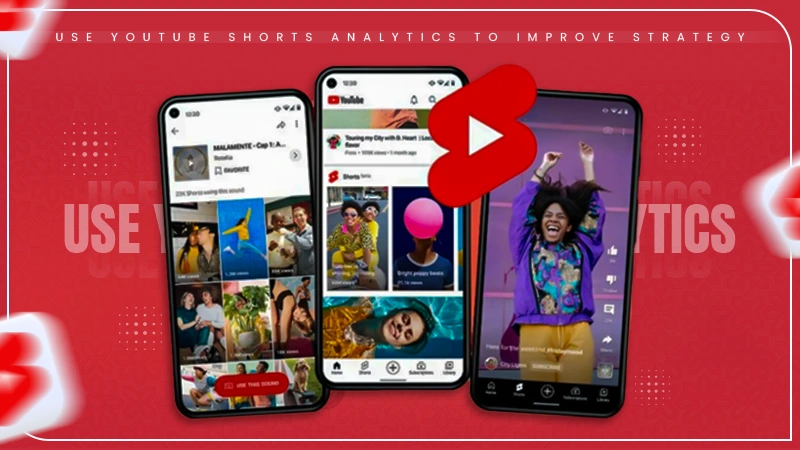
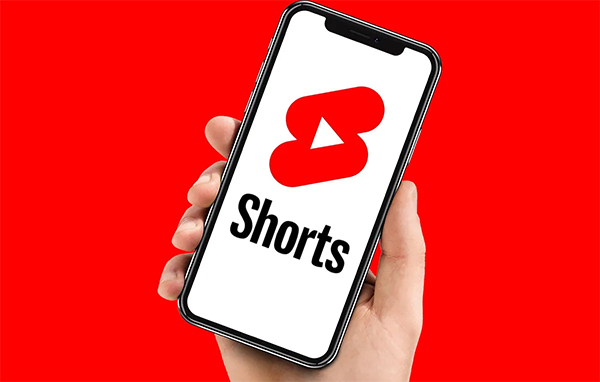
I like to scroll YouTube shorts in my free time, which is quite fun. But I’m also a content creator, so it is a great place to reach a wider audience. But can you build new strategies based on your YouTube short analytics? The answer is yes.
Popular YouTube creator Mr. Beast once said in an interview, “The beauty of YouTube is double the effort isn’t double the views, it’s like 10x.” It’s true if you are working hard the outcomes will be more than you expect on this platform.
On to our main topic, in this write-up, I will tell you how to use YouTube short reports to improve your content strategy. If you are a content creator, then trust me, this article is going to help you a lot.
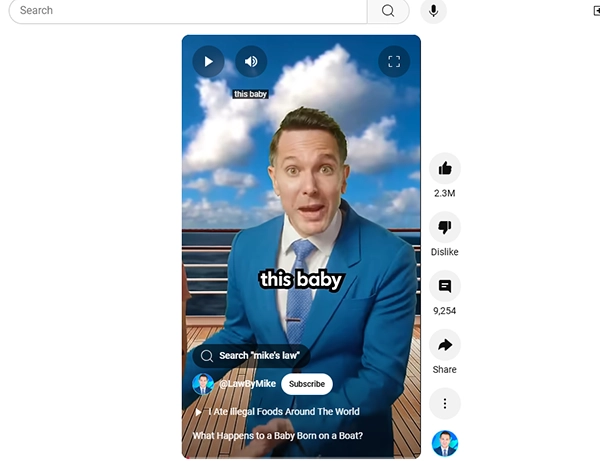
Same as TikTok and Instagram Reels, YouTube shorts are a great way to reach new people and let them see/enjoy your content. You can advertise different things and gain a certain amount of subscribers for your channel and social handles.
Oh, wait, maybe I forgot to mention you can also earn money. That’s right, every 1000 views on your shorts helps you earn around $0.03-$0.07. You might think that this is very little but believe me a YouTube Short creator can make some serious cash.
All skills and talents are appreciated here, and you’ll be welcomed wholeheartedly, all you have to do is be dedicated. Most of the successful YouTubers didn’t give up, and now they are as equal as any Hollywood star. Money and fame you can earn both here.
Yes, you should know what the audience is looking for. You might be creating the best skits or something, but if they are not into it, it would be a total waste. You must know a lot of things about your best friend, right?
Their favorite chips, chocolates, or anything like that. It’s as same as that. But can you find out what they prefer? Or what topic they favored the most. Well, in the heading below, I’m gonna break down everything.
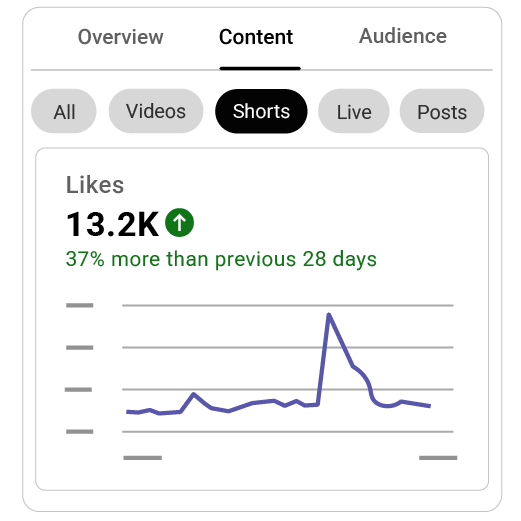
I’ll start with a short introduction, YouTube Short analytics is an in-built feature that allows creators to track the performance of their posted videos. It offers several tools and with the help of them, you can adjust or make new strategies.
Now I’m going to tell you what features it has and how they can help you:
You can see your top shorts based on likes, comments, and shares. As you’ll be able to find what video performed the best, based on that you can present a fresh plan or make changes to the old one. Or maybe upload more similar content to check if they perform that well or not.
With this feature, you can check on average how long people stay on your short before they scroll further. With this in mind, you can create videos of a particular duration. You might ask what extent will this help.
Well, if you’ll be able to show your talent or whatever in that time people will watch the whole thing before they can scroll. In the graph below, you can find the video length with the most views.
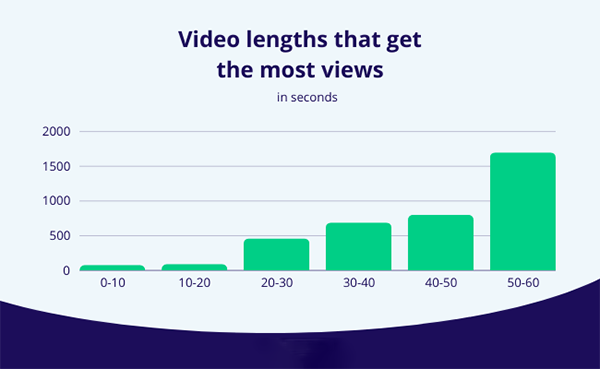
This is important because based on this you can figure out a couple number of things. You can see from where the viewer stumbled upon your video, was it suggested, shared, or searched? You can use relevant keywords and hashtags as it will increase your visibility.
Don’t you want to know how many times your short appears on someone’s feed? Well, you can do that, this feature allows you to monitor and evaluate what factors are affecting your short to not appear on others’ feeds.
You can create unique thumbnails, better calls to attention, introductions, and follow YouTube’s guidelines to increase your show feed.
FUN FACTThe most-watched YouTube short has over 1.58 billion ways. And the earning from it is estimated to be somewhere between $1 million-$10 million!
Finally, the last thing you need to do is optimize your shorts. YouTube shorts analytics will give you all the insights, all that’s left to do is apply different things. Start by creating sweet and short-quality content. Take help from AI video generator apps if you want.
Your visuals need to be eye-catching so they get hooked instantly. Audio should be captivating and never stop experimenting. Trends change daily maybe you can start one, but for that, you’ll have to try new things.

Annette Polis is an extremely passionate content writer and editor in the anime and entertainment world. She is an expert at anime storytelling, and uncovering the secrets of Hollywood with experience of over 16 years. Annette is a lifelong fan of animated characters and always provides interesting information. She keeps herself updated about the latest episodes, upcoming anime, and manga to offer something new to readers.